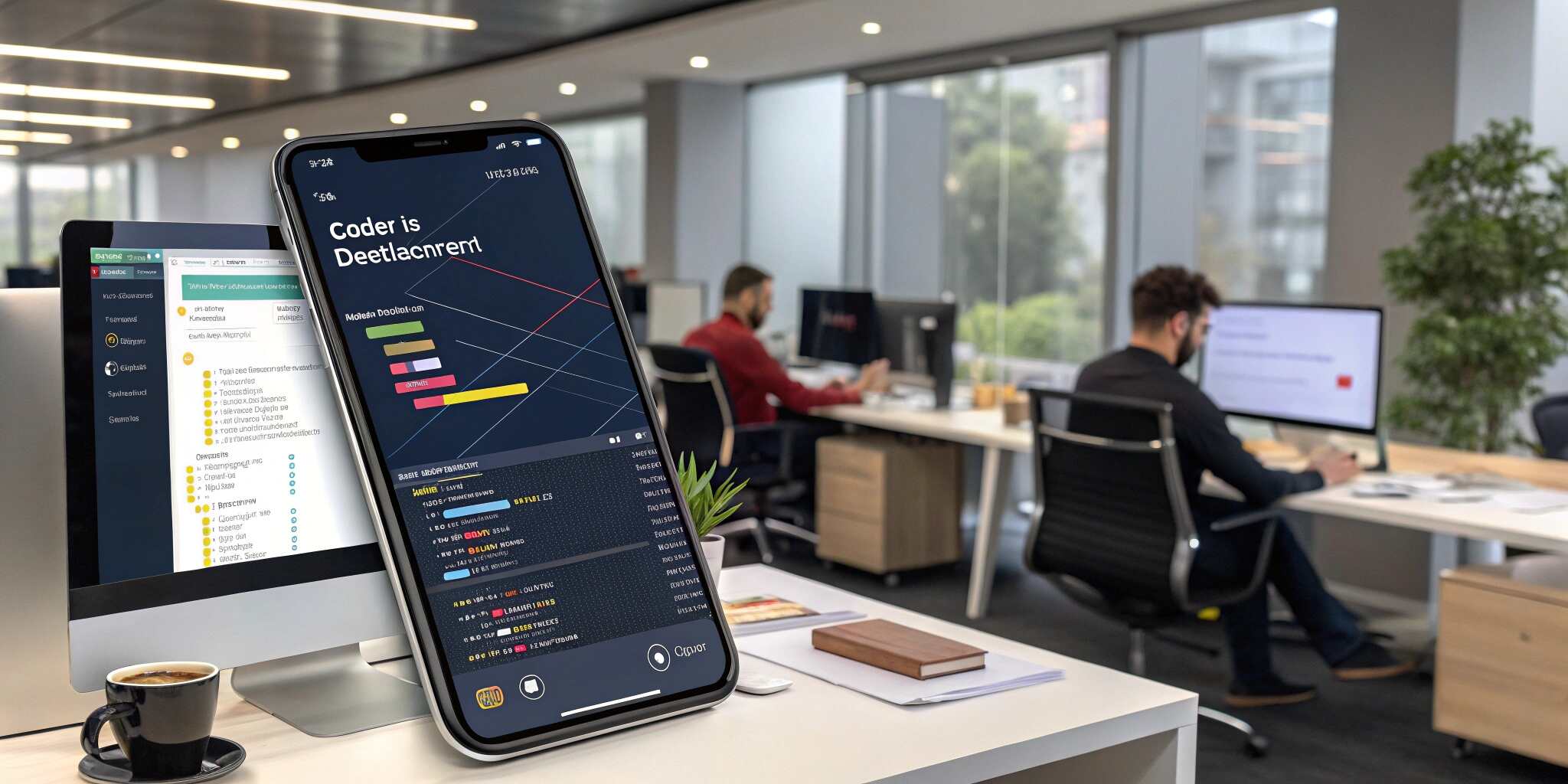The Android development landscape is constantly evolving, and with Google’s introduction of Jetpack Compose, building user interfaces has become more intuitive, efficient, and elegant than ever before. Jetpack Compose represents a modern approach to Android UI development, allowing developers to create dynamic and responsive interfaces using a declarative Kotlin-based framework.
The Evolution from XML to Declarative UI
Traditionally, Android apps relied heavily on XML layouts for designing user interfaces. This approach often involved managing complex hierarchies, repetitive boilerplate code, and separate files for UI and logic. Jetpack Compose changes this model entirely. Instead of defining layouts in XML, developers can now describe what their UI should look like directly in Kotlin code.
This declarative programming paradigm enables developers to focus on what the UI should display rather than how to update it. Whenever the app state changes, Compose automatically updates the UI components that depend on that state, resulting in smoother and more efficient rendering.
Simplifying UI Development with Compose
Jetpack Compose eliminates the need for manual synchronization between the UI and data. Using the @Composable annotation, developers can build reusable UI components that react to data changes automatically. This feature greatly reduces bugs and boilerplate code while improving code readability.
With a few lines of code, this composable function creates a text element that reacts dynamically to changes in data. Compose also provides real-time previews in Android Studio, allowing developers to see UI changes instantly without rebuilding the entire app.
Material Design Integration
Jetpack Compose is built with Material Design principles at its core, ensuring that developers can easily implement consistent, modern UI patterns across Android applications. Material Design 3 components such as buttons, cards, typography, and color schemes are pre-integrated, making it easier to design attractive interfaces that adhere to Google’s design guidelines.
Developers can also customize the look and feel using themes and modifiers to adjust padding, alignment, and animations. This flexibility makes it simple to achieve both minimalistic and complex UI designs effortlessly.
Performance and Productivity Boost
Performance is a key strength of Jetpack Compose. Since it’s written entirely in Kotlin and optimized for Android, Compose minimizes overhead and improves rendering efficiency. The framework intelligently re-renders only the parts of the UI that need updating, reducing unnecessary computation and enhancing app responsiveness.
In terms of productivity, Compose dramatically reduces development time. Features such as live previews, interactive editing, and the Compose Playground in Android Studio make it easier to prototype, test, and iterate on UI designs rapidly. Developers no longer need to switch between XML and Kotlin files, as everything exists within a unified Kotlin codebase.
Integration with Existing Apps
One of the greatest advantages of Jetpack Compose is its compatibility with existing Android projects. Developers don’t have to rebuild their entire application from scratch. Instead, Compose can coexist with traditional XML layouts, allowing teams to gradually migrate to the new framework. This hybrid approach ensures smooth adoption without disrupting ongoing development.
Compose also integrates seamlessly with Jetpack libraries such as Navigation, ViewModel, and LiveData, ensuring that developers can continue leveraging familiar architectural patterns.
The Future of Android UI Development
Jetpack Compose marks a turning point in Android UI design. It not only modernizes the way developers build interfaces but also aligns Android development more closely with other declarative frameworks like React and SwiftUI. As Compose continues to evolve, it’s expected to bring more tools for animation, accessibility, and performance optimization.
With its simplicity, reactivity, and robust integration capabilities, Jetpack Compose is poised to become the default choice for building modern Android apps. Developers who embrace this technology early will gain a competitive edge in delivering faster, cleaner, and more engaging user experiences.
Conclusion
Jetpack Compose represents more than just a new toolkit—it’s a reimagination of Android app design. By combining declarative syntax, real-time previews, and seamless integration with Kotlin, Compose empowers developers to focus on creativity rather than complexity. Whether building small-scale apps or enterprise-level platforms, Jetpack Compose is the key to crafting beautiful, modern, and efficient Android UIs for the future.


